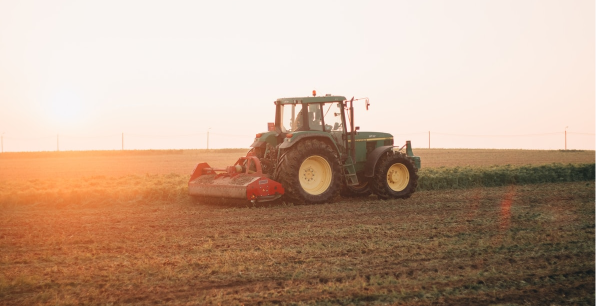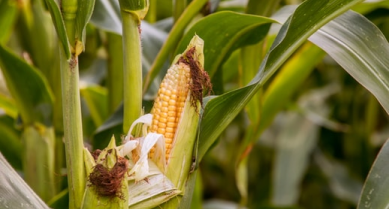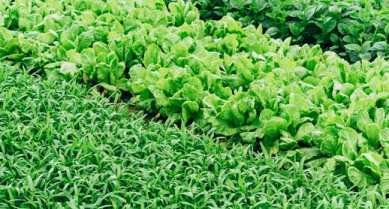The heat is on for all crops but will potatoes be the most baked?
Richard Tiffin
Chief Scientific Officer
Professor of Applied Economics at Reading University
It’s been a pretty exceptional July and the impacts on drought-stressed crops are there for everyone to see. The heat has bought the harvest forward and well in advance of the traditional start which coincides with the School holidays around Reading (a situation which used to cause me great angst as a lad because I thought it would be all done before I had had chance to join in). But just how hot and dry has it been?
Using the Agrimetrics Field Explorer suite of products I have extracted data on the long-term average temperature and rainfall and compared this with the average temperature in the first two weeks up to July 18th on a field by field basis. The data has enabled me to identify the crop that was likely to be grown last year to give a proxy for areas of the country in which crops are being grown this year.
The results in the table reveals that the average temperature has been 2°C warmer (although it feels a lot hotter) with a staggering 79% less rain than the long-term average.
Lack of rain is most severe in potato-growing areas of the country. Given the importance of soil water to the filling of tubers coupled combined with the very wet and cold conditions that affected planting, the predictions for the potato harvest cannot be good.
All FieldsWheatBarleyPotatoOatGrassNumber of fields682986350149902189Long-term average temp (degrees C)16.3716.8416.7416.8116.4816.1Two weeks average temp (degrees C)18.3718.3818.3818.3818.3818.38Temp UP BY12%10%10%11%12%13%Long-term average daily rainfall (mm)2.772.292.382.262.642.89Two weeks average rainfall (mm)0.590.520.490.440.560.65Rainfall DOWN BY78%76%79%80%78%77%
The largest temperature increase is in grass-growing areas and this has been combined with a shortfall in rain of 77% on the long-term average. So whilst conditions for haymaking and early cut silage may have been excellent, second and third cuts are likely to suffer or not take place at all.
Despite reports of disappointing yields as the combines roll across the country, the wheat-growing areas have the smallest changes for both temperature and rainfall. So, whilst yields are likely to be supressed as a result of the shorter growing season perhaps wheat farmers can console themselves with a thought that things could have been worse!
Other articles that might interest you

AI identifies crops from space with 90% accuracy
Agrimetrics launches CropLens AI, a proprietary algorithm that identifies crop types from space.

ClearSky: Cloud free satellite data for agriculture
ClearSky's artificial intelligence removes a major barrier to the efficacy of satellite

ClearSky: Cloud free satellite data for agriculture
ClearSky's artificial intelligence removes a major barrier to the efficacy of satellite

Agrimetrics partners with Airbus to reduce cost
Crop Analytics, a crop and field analytics package from Airbus, is now available at a new, lower price.



